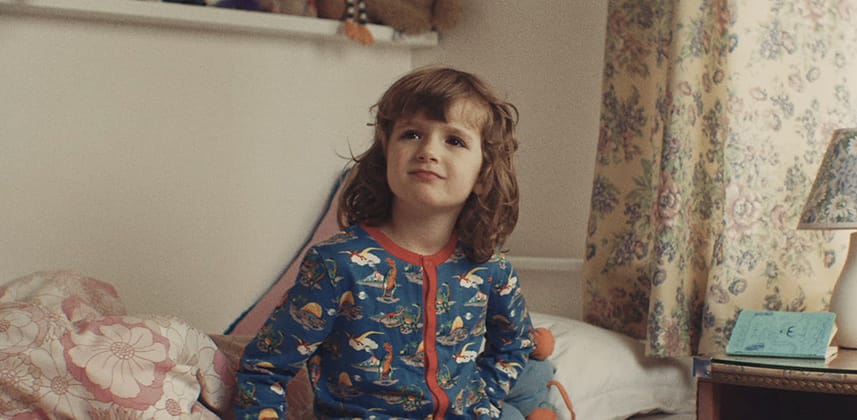| Series |
|---|
How do commercials always look so good?
One thing that you don’t normally hear when people are speaking about grading a commercial is what actually happens behind closed doors.
We normally offer up a smile and a comment about how we worked with the footage until we found the best look and everyone high five and went home.
There is one secret to a commercial grade that you just can’t cut corners on.
TIME!
I thought it would be great to open the door to mixing light members and give a blow by blow account of a grading session.
I’m going to describe a commercial job from start to finish I completed for a big fashion company. Including the good, the bad and the ugly moments!
I originally had planned to share details about the job but unfortunately I can’t publish some of the finer details as it has not been released yet.
Hopefully in the future I will be able to post an update insight with even more insight and the finished job!
The Commercial
Probably the most unimpressive part of this insight is that I use the same grading techniques that you do but I just spend much longer doing it.
The initial session on this job was from 10am and finished at 8pm.
Thats 10 hours of grading on one commercial.
That must be hundreds of shots and lots and lots of material?
Nope! Thats 64 shots and 90 seconds worth of material graded.
Add in some client feedback the next day where I spent an additional 4 hour hours grading.
Thats a total of 14 hours grading on one 90 second commercial.
If you spent the same amount of time on a commercial as I do I guarantee it would probably look just as good!
Member Content
Sorry... the rest of this content is for members only. You'll need to login or Join Now to continue (we hope you do!).
Need more information about our memberships? Click to learn more.
Membership optionsMember Login


